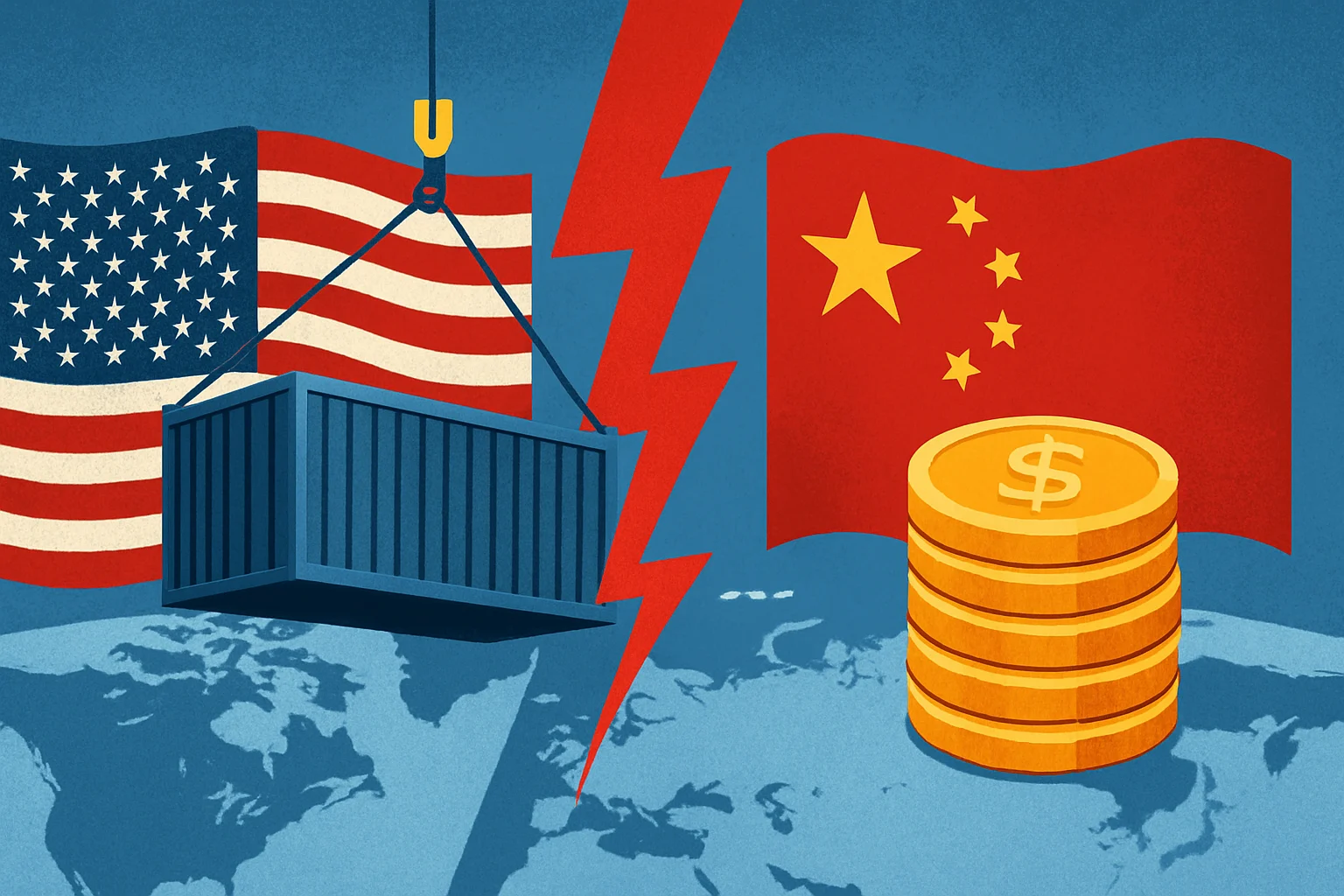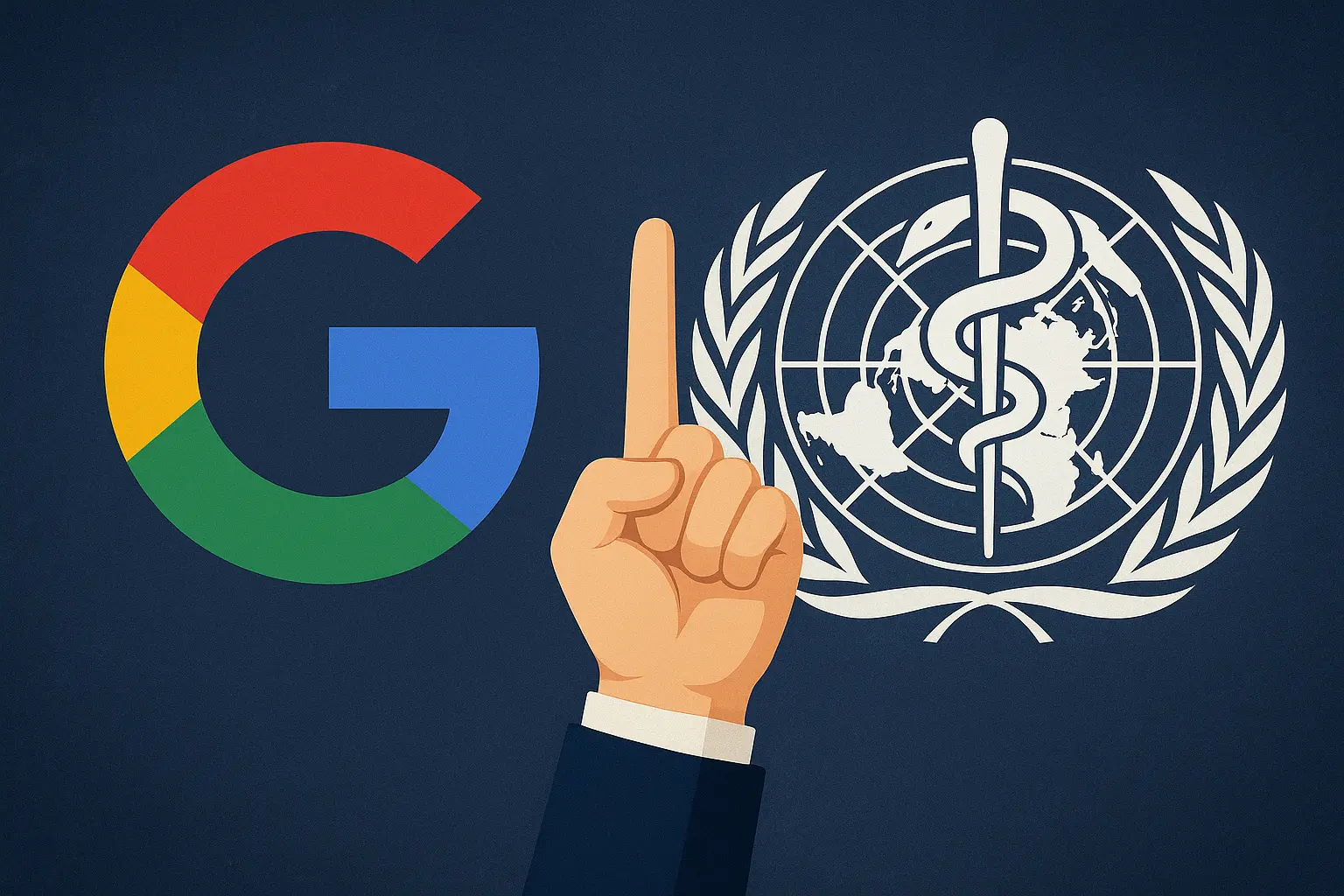The recent U.S.–China trade escalation is rattling global markets as Washington imposes higher tariffs on Chinese goods, prompting Beijing to retaliate. This renewed U.S.–China economic war is not just a bilateral conflict — it’s affecting supply chains, inflation, and investment flows worldwide.
Tariffs and Rising Costs
The U.S. has targeted Chinese exports including technology components, electric vehicles, and semiconductors. These measures are pushing production costs higher for American companies relying on Chinese imports. Simultaneously, Chinese exporters face reduced access to one of their largest markets, highlighting the high stakes of the ongoing US trade war on China.
Economists warn that this escalation could push consumer prices up in the U.S., fueling broader inflation concerns. Other global economies are also feeling the impact as supply chains adjust to avoid tariffs, a trend increasingly referred to as the “China+1 strategy.”
Global Supply Chain Shifts
The China–US trade war is forcing companies to diversify production. Nations like Vietnam, India, and Mexico are benefiting from new manufacturing investments as firms look for alternatives to Chinese supply. While this strategy reduces dependency on China, it also introduces logistical challenges and higher costs, affecting international trade dynamics.
Financial Ripples
The escalating U.S. trade war with China is creating volatility in global finance. Investors are pulling out of emerging markets, while safe-haven assets like U.S. Treasury bonds and gold are seeing increased demand. The Chinese yuan has weakened, reflecting market uncertainty. Analysts caution that prolonged tensions may lead to financial decoupling, with long-term consequences for global investment patterns.
Conclusion
The U.S.–China trade war is reshaping the global economic landscape. Its effects go beyond tariffs, influencing supply chains, inflation, and capital flows worldwide. Businesses and policymakers must adapt quickly to navigate the uncertainties of this ongoing US–China economic conflict, which could define global trade patterns for years to come.







